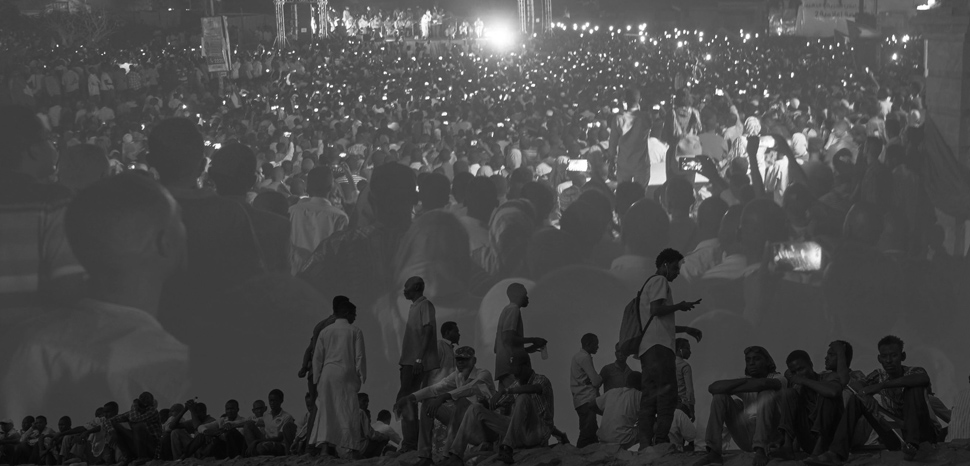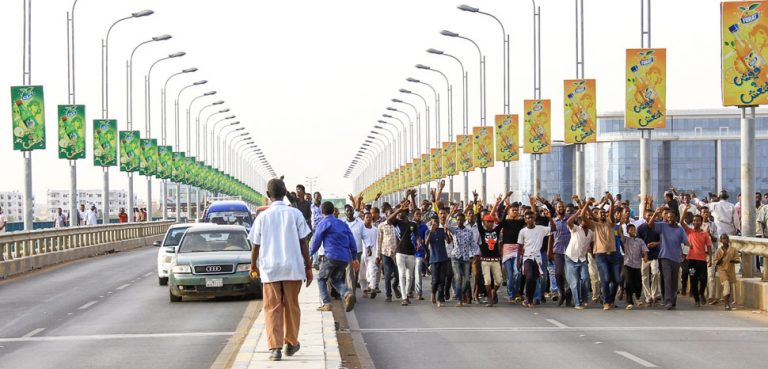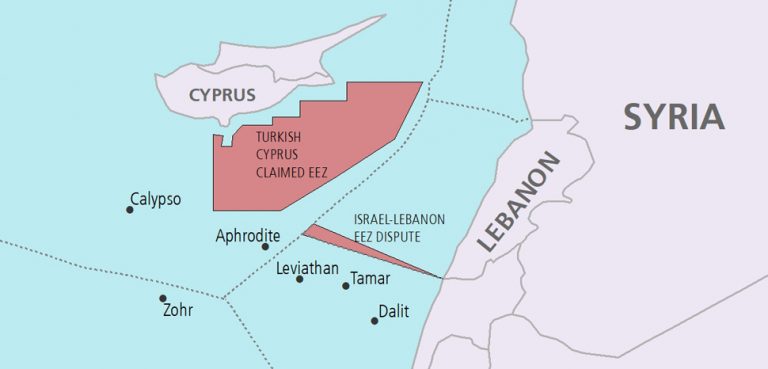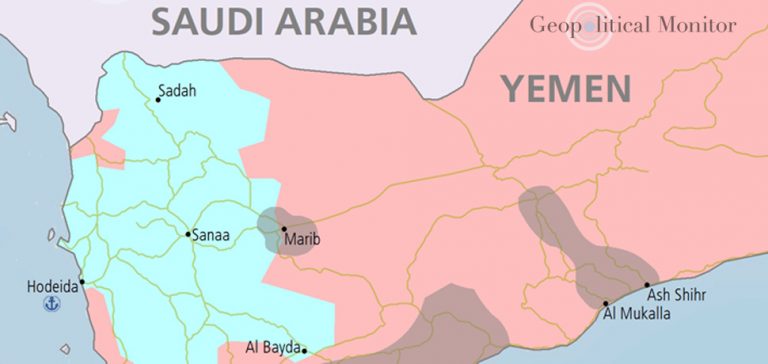Summary
The first peaceful chapter of Sudan’s revolution came to abrupt end on June 3, when the Rapid Support Forces (RSF) employed violence and intimidation to disperse the largest protester sit-in in the capital. In what is now known as the ‘massacre of Khartoum’ at least 118 protesters were killed; some then had their bodies unceremoniously dumped in the Nile. As many as 70 female protesters were raped according to unofficial estimates.
The authorities cut internet access throughout the country in the wake of the June 3 crackdown, depriving organizers of an essential coordination tool and precluding the dissemination of bloody imagery from Khartoum. Yet the protesters have persisted in their efforts to bring about civilian rule, switching to telephone calls and text messages to get word around. Even amid an internet blackout and intimidation by the security forces, protests have continued throughout the country, frequently occurring under cover of night. A new wave of mass protests are now planned for June 30.
A new Ethiopia-brokered plan brought some hope of a breakthrough, but the plan was ultimately rejected by the military authorities.
What’s next for Sudan’s political crisis?




